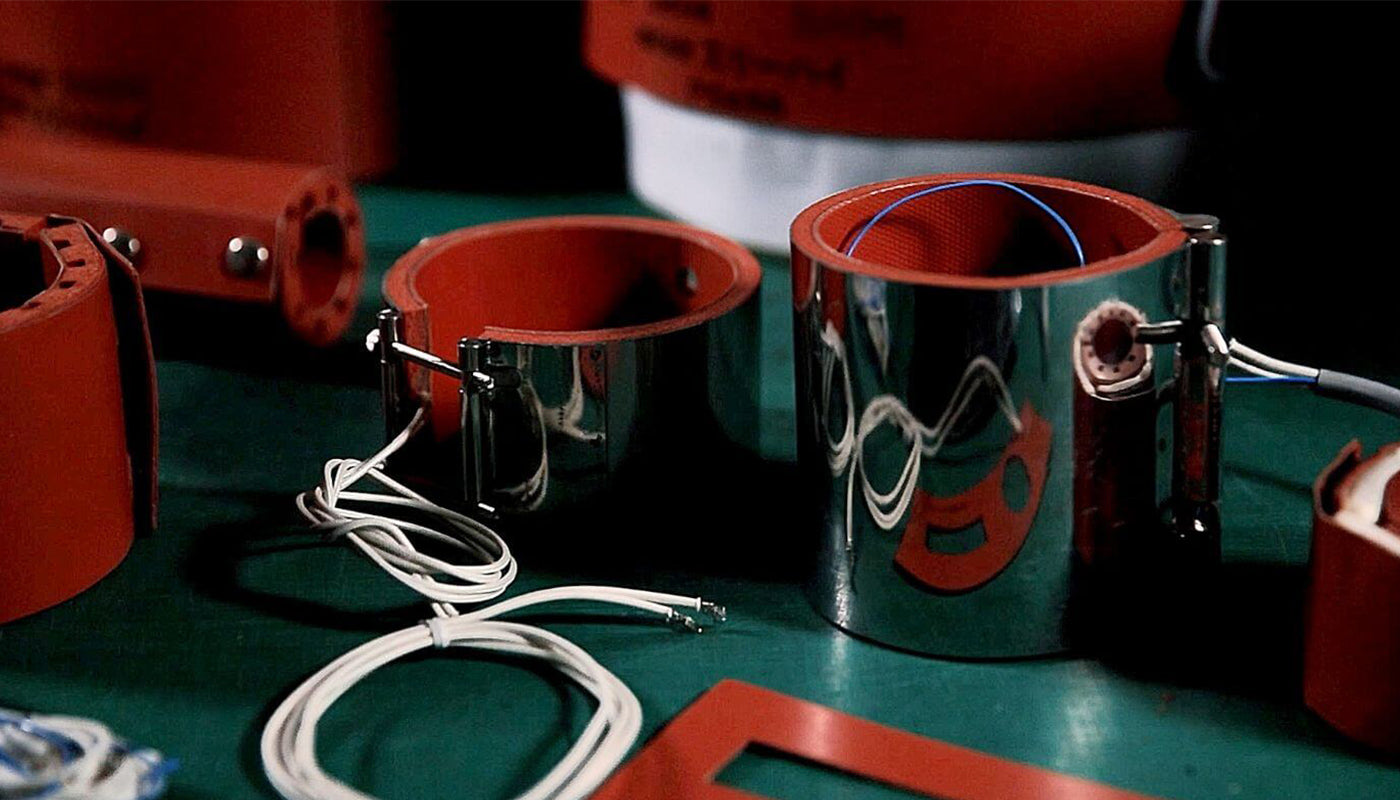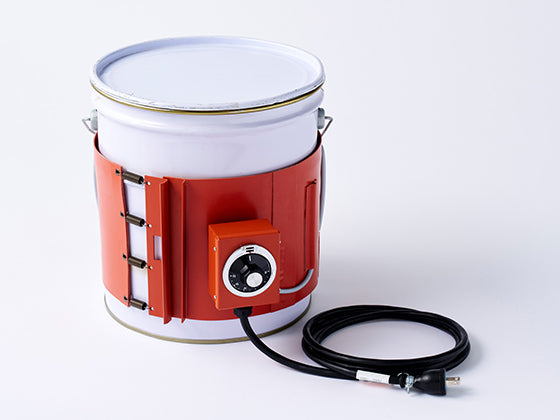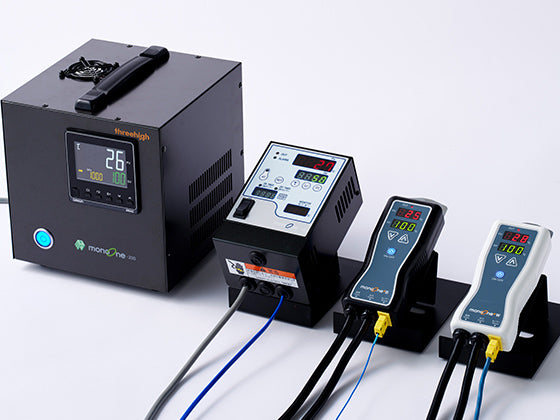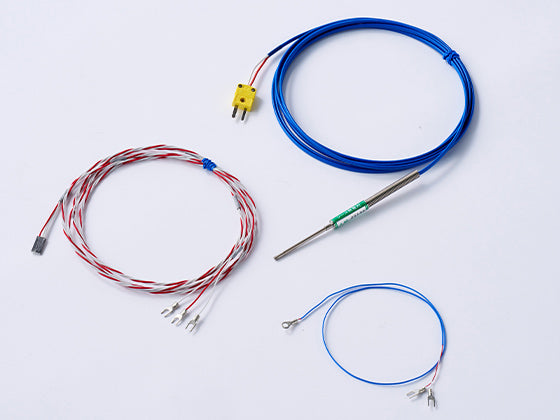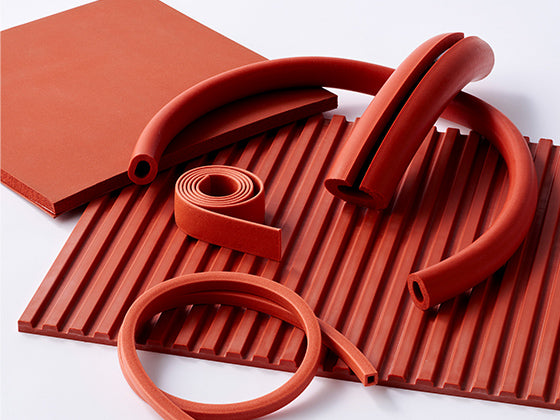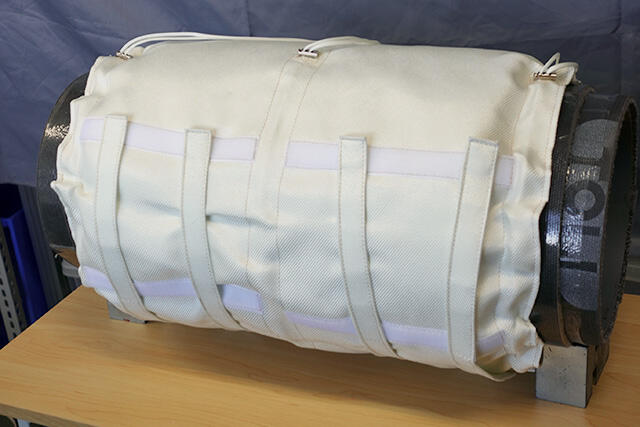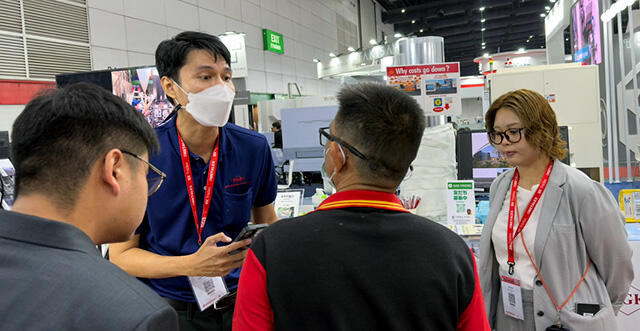Last time, we discussed the current impact of heat emission from injection molding machines used in plastic processing facilities on expenses and the working environment. We highlighted the use of insulation jackets as a practical solution. In the second installment of this series, we will provide detailed information, focusing on the installation of our insulation jackets.
Made of glass cloth and easy to install
Our insulation jacket is crafted using glass cloth, which is a fabric made from woven glass fibers. Glass cloth is a commonly used material for insulation.
This insulation jacket consists of two layers: an inner jacket for attachment and an outer jacket that covers it.

The outer jacket is equipped with a belt, hook-and-loop fasteners (Velcro), and adjustable strings to facilitate easy attachment and allow for precise tightening.

We have recorded a demonstration video on how to install it by yourself. Please take a look at the video, which shows the process of attaching an insulation jacket to a cylinder with an internal diameter of 200 millimeters, resembling pipes or cylinders.
The size of the insulation jacket used in the video is as follows.

For long cylinders, install insulating jackets about the size above in a row. You can use a larger size jacket, but if it gets damaged it will be expensive to replace. If you keep it small, you can keep costs down because you only need to replace part of it.
Wearing two layers, an inner jacket and an outer jacket, has advantages over a single layer. One is that it suppresses the release of heat to the outside and increases the effectiveness of trapping it inside. It's the same as layering two layers of futon to make the inside warmer. Another issue is maintenance. The insulation jacket will eventually need to be replaced after long-term use. Depending on the situation, either the inner or outer jacket can be replaced. Maintenance costs can be reduced while maintaining the insulation effect that only two layers can provide.
Processing that allows the cable wiring around the cylinder to be exposed outside is also possible
When wrapping an insulating jacket around the cylinder of an injection molding machine, you need to be concerned about plug connections and cable wiring. If cables are connected to the cylinder, you must take measures to prevent the wiring from running around. If possible, I would like to cut a hole for the wiring in part of the jacket.
The insulation jacket can be cut and processed freely, so holes for wiring can be easily drilled.

You can make the holes yourself, but it is better to use a product that has been pre-processed to your specifications, as it will trap the internal heat more efficiently. We design and process the most suitable insulation jacket based on the cylinder size and the presence or absence of connection cables. We keep the design specifications, so we can manufacture and deliver the same product at any time if requested.
Attracting attention not only in Japan but also overseas
Measures to prevent heat release from injection molding machines by using heat insulating jackets are attracting attention at plastic processing sites in Japan, and we are also receiving inquiries about them. Consultations regarding heat release from industrial machinery are sometimes received from industries other than plastic processing. I believe that insulation jackets will be widely used in manufacturing sites in the future.
Furthermore, this insulation jacket is attracting interest not only in Japan but also overseas. In particular, there is interest in insulation jackets at plastic processing sites in Southeast Asia to prevent heat from injection molding machines from being released into the work site.
In Part 3, we will discuss the current state of heat release, which is occurring at plastic processing sites in Southeast Asia such as Thailand, and the expectations for heat insulating jackets.
